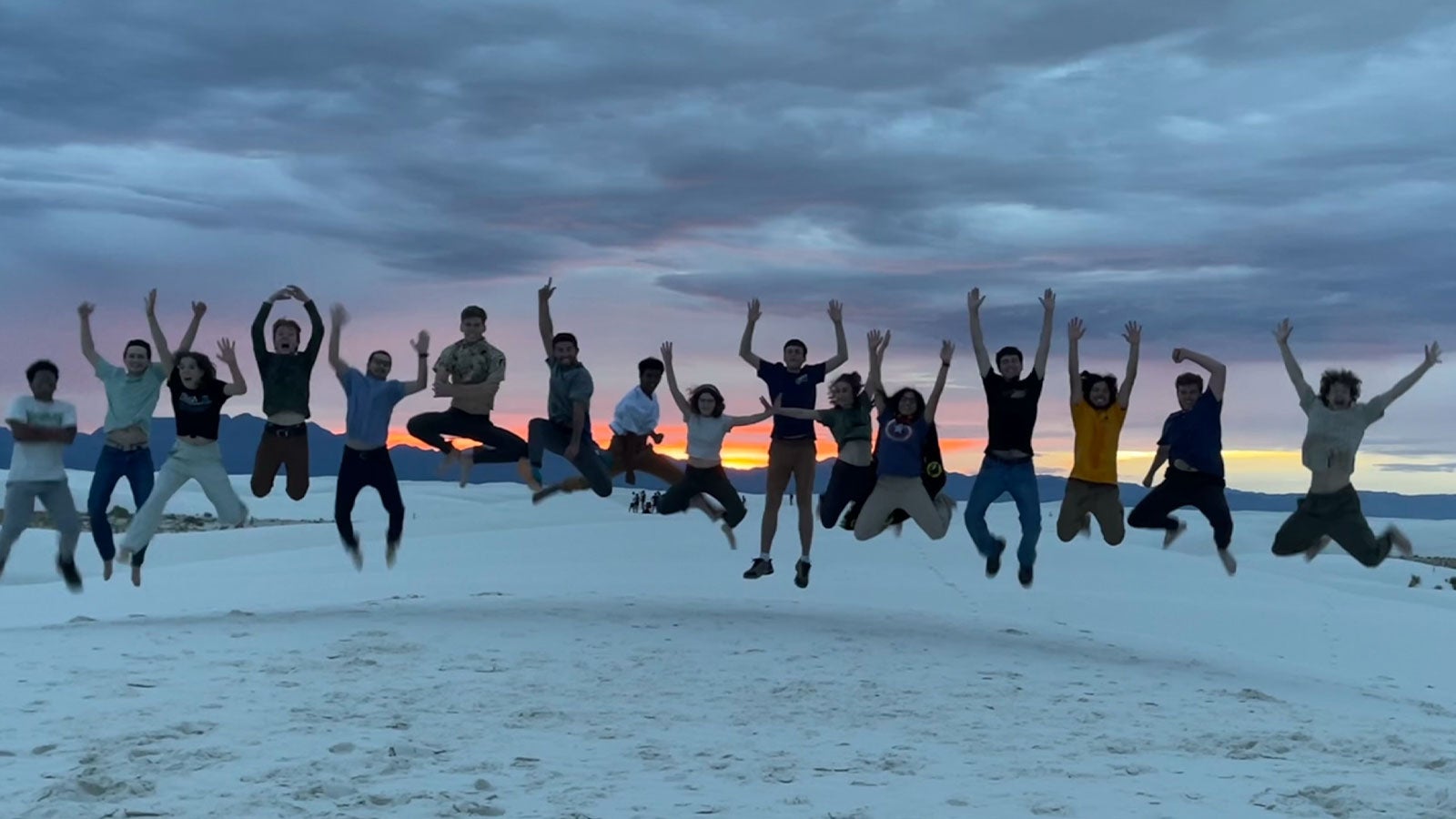Rice Eclipse, Rice University’s student rocketry team, recently won first place in the 30K Student Researched and Developed (SRAD) Hybrid Category of the 2024 Spaceport America Cup.
The Spaceport America Cup, the world’s largest intercollegiate rocket engineering conference and competition, took place June 19–22 in Las Cruces, New Mexico. More than 150 schools representing six continents participated in the rocketry challenge.
Of all the divisions, the SRAD Hybrid is the most challenging category, requiring an entirely student-designed hybrid rocket engine—using solid fuel and liquid oxidizer—to achieve a target altitude of 30,000 feet.
More than 100 Rice students have worked on the award-winning hybrid rocket named “Archimedes” over the past year, but the project is the result of nearly a decade of research, testing, and iteration.
“Thanks to the countless hours in the Oshman Engineering Design Kitchen (OEDK) and with the support of numerous Rice departments, private sponsors, and especially the OEDK, we put Rice on the map in the rocketry and aerospace industry,” said Ian Rundle, senior in computer science and outgoing Rice Eclipse president. “It is exciting to see our work pay off. It makes us more influential as a team, giving us credibility with recruiters who speak at our events and allowing us to help other teams who want to accomplish the same thing.”

Not only is Archimedes the first Rice Eclipse hybrid engine to launch successfully in a competition, but it is the first hybrid engine developed by a Texas college team in intercollegiate rocketry history.
Archimedes is entirely designed and fabricated by the Rice Eclipse aerodynamics team and powered by Titan II, Rice Eclipse’s in-house, student-developed hybrid rocket engine, rather than a commercial solid motor.
“Unlike most other university rocketry teams that focus on one specific area, we embrace the challenge of handling every aspect of our project. Our rocket flew off of our own launch rail and was powered by our own hybrid rocket engine, using our own student-designed mission control electronics and composites and recovery system,” said Liam Manley, mechanical engineering senior and propulsion division lead for Rice Eclipse.
According to Kaz Karwowski, executive director of Rice Center for Engineering Leadership and the sole faculty advisor in the club’s history, this milestone speaks to the quality of education offered at Rice University. “The level of technical complexity in this project shows that Rice has prepared the students in Rice Eclipse to think critically and develop new ways of doing things,” said Karwowski. “The hands-on experience in designing, building, testing, and writing safety protocols in an interdisciplinary setting replicates the type of work they may do in industry as professionals.”
Rice Eclipse members aim to build on the success of this Spaceport America Cup win and have their sights set on even higher heights.
“It is truly an honor to begin this new, grand chapter of our club. This accomplishment makes me confident about our capabilities of pushing the envelope and taking risks,” said Daniel Ramirez, a junior in mechanical engineering and the incoming Rice Eclipse president. “With this win, we plan to return to Spaceport and build a rocket capable of reaching the Kármán line at 275,000 feet. We now know that our club has the people, resources, documentation, and determination to pull off long-term ambitions.”

